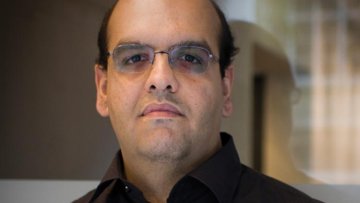Growth Model for Tree Stems and Vines
Abstract
In this talk, we propose a model describing the growth of tree stems and vine, taking into account also the presence of external obstacles. The system evolution is described by an integral differential equation which becomes discontinuous when the stem hits the obstacle. The stem feels the obstacle reaction not just at the tip, but along the whole stem. This fact represents one of the main challenges to overcome, since it produces a cone of possible reactions which is not normal with respect to the obstacle. However, using the geometric structure of the problem and optimal control tools, we are able to prove existence and uniqueness of the solution for the integral differential equation under natural assumptions on the initial data.


